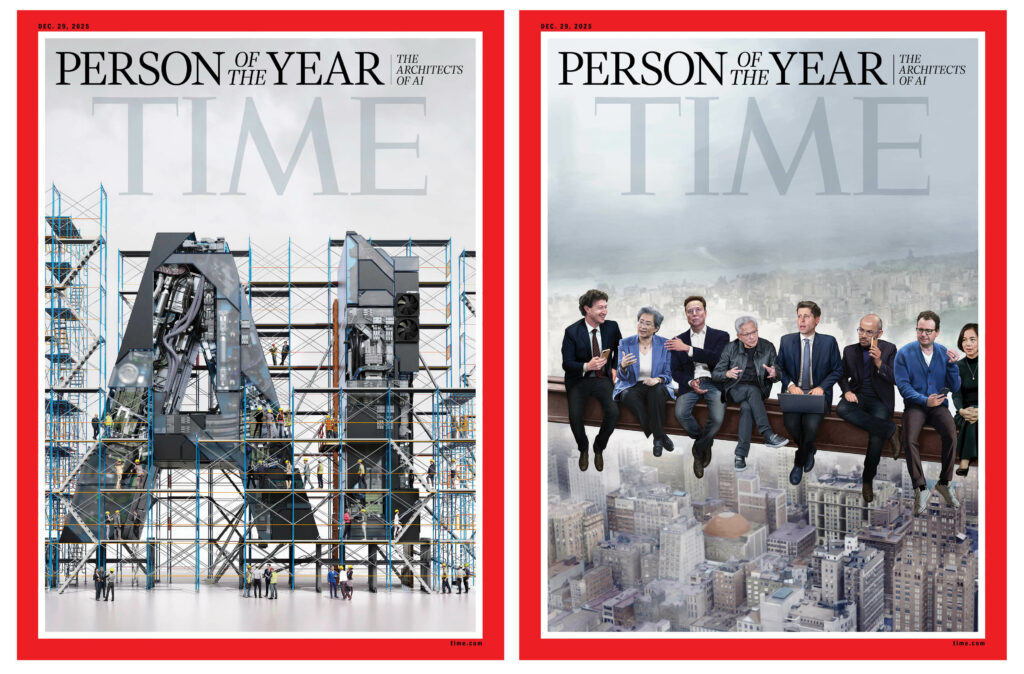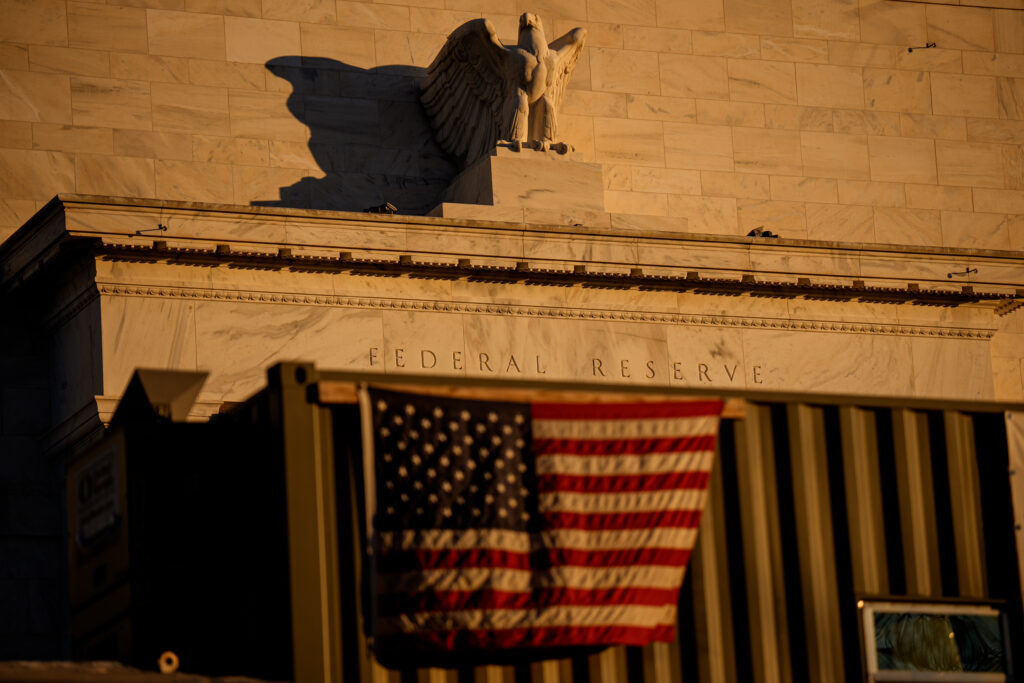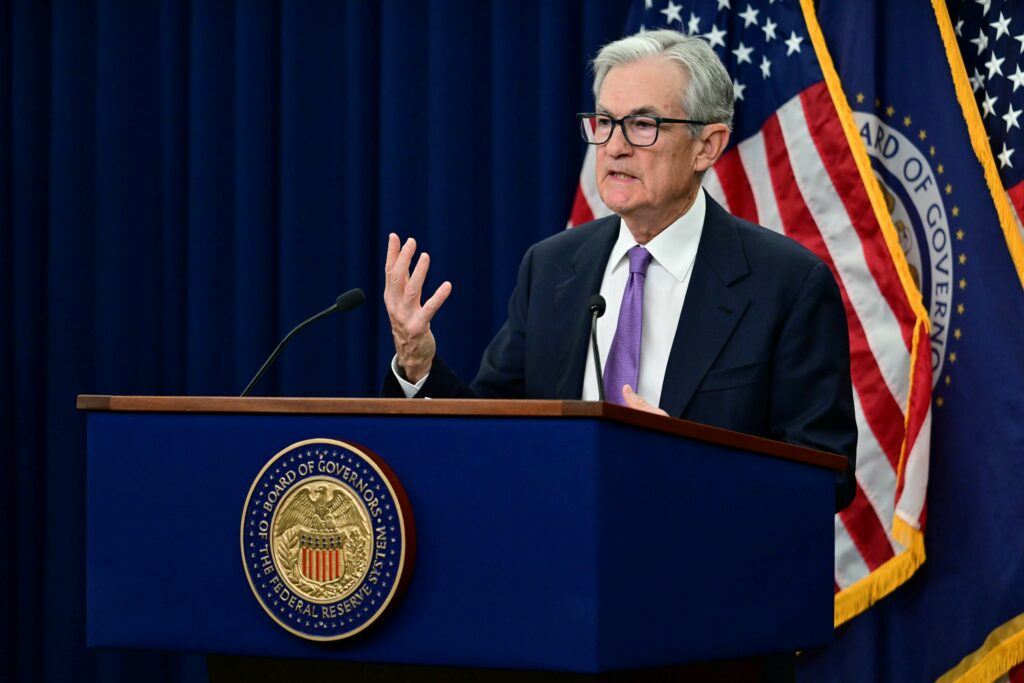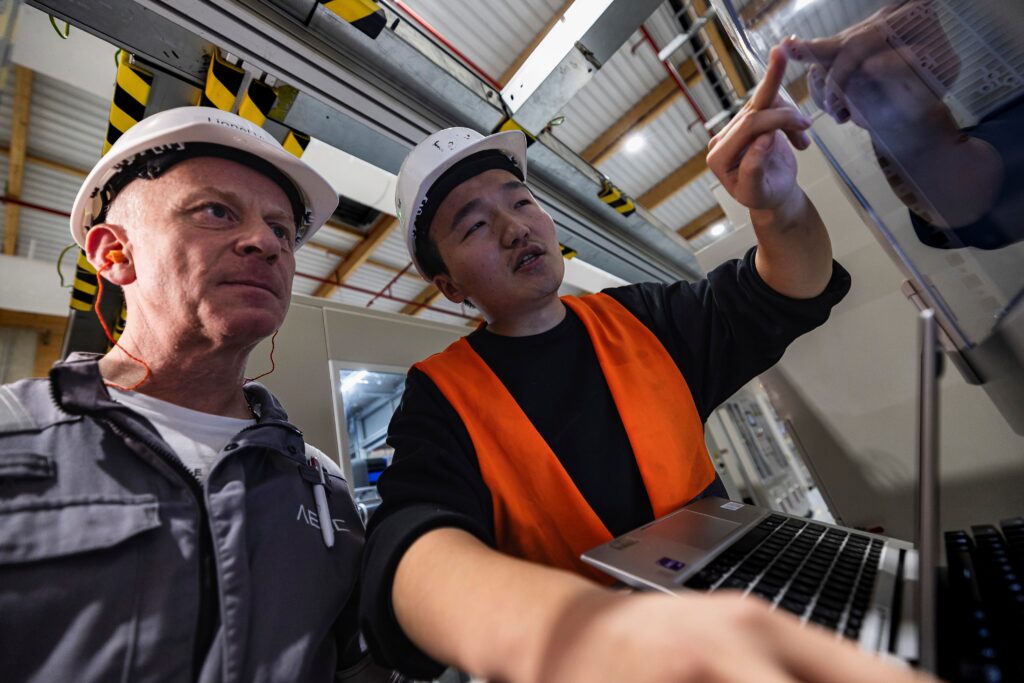Time magazine names ‘Architects of AI’ as Person of the Year
Time magazine named the “Architects of AI” as its Person of the Year on Thursday, highlighting the US tech titans whose work on cutting-edge artificial intelligence is transforming humanity.Nvidia’s Jensen Huang, OpenAI’s Sam Altman and xAI’s Elon Musk are among the innovators who have “grabbed the wheel of history, developing technology and making decisions that are reshaping the information landscape, the climate, and our livelihoods,” Time wrote.One of two covers of the magazine is a homage to the famous 1932 photograph of ironworkers casually eating lunch on a steel beam above New York City.In the Time illustration, sitting astride the city are Meta’s Mark Zuckerberg, AMD chief Lisa Su, Musk, Huang, Altman as well as Google’s AI boss Demis Hassabis, Anthropic’s Dario Amodei and Stanford professor Fei-Fei Li. “Racing both beside and against each other, they placed multibillion-dollar bets on one of the biggest physical infrastructure projects of all time,” the magazine said of the group.”They reoriented government policy, altered geopolitical rivalries, and brought robots into homes. AI emerged as arguably the most consequential tool in great-power competition since the advent of nuclear weapons.”Alongside popular AI models like ChatGPT and Claude, Time credited investors like SoftBank CEO Masayoshi Son, who has plunged billions of dollars into the technology.Time’s Person of the Year selection is an acknowledgement of the year’s most influential figure. The title last year went to president-elect Donald Trump. Others have included singer Taylor Swift and Ukrainian leader Volodymyr Zelensky.- ‘Gravitational center of 2025’ -According to the magazine, which is owned by Silicon Valley billionaire Marc Benioff, 2025 was the year AI shifted from promise to reality and when ChatGPT usage more than doubled to 10 percent of the world’s population.”This is the single most impactful technology of our time,” Huang, CEO of chipmaker Nvidia — the most valuable company in the world — told Time. He predicted that AI will eventually grow the global economy from $100 trillion to $500 trillion.But the magazine also pointed to AI’s darker side.Lawsuits have alleged that chatbots contributed to suicides and mental health crises, sparking debates about “chatbot psychosis,” where users may devolve into delusions and paranoia.In one case, the California parents of 16-year-old Adam Raine are suing OpenAI after he took his own life. They claim that ChatGPT provided information about suicide methods.Time noted too looming job displacement as more companies race to replace workers with AI models.Yet the magazine notably steered away from using AI to generate its cover art, opting instead for human artists.Thomas Hudson, chief analyst at US research firm Forrester, said the Person of the Year choice rightly reflected AI’s heavy influence this year.”AI has been the gravitational center of 2025 for the economy and the source of endless discussions on how it will shape the future of our societies,” he said in a statement.






